Summary
- Citizen Sleeper 2 isn’t a direct sequel, newcomers can enjoy it without playing the first game.
- Class choice matters, but there’s always a viable approach for all three options.
- Push abilities, like rerolling dice, are crucial for making critical decisions in the game.
In 2022, Citizen Sleeper came out of nowhere and surprised gamers with its nuanced sci-fi story, delivered through a visual novel lens with tabletop RPG trappings. Following in the footsteps of modern classic RPGs like Disco Elysium, the developers at Jump Over the Age crafted their game around a unique dice-roll mechanic that gave players a surprising amount of agency in Citizen Sleeper’s deeply emotional narrative.
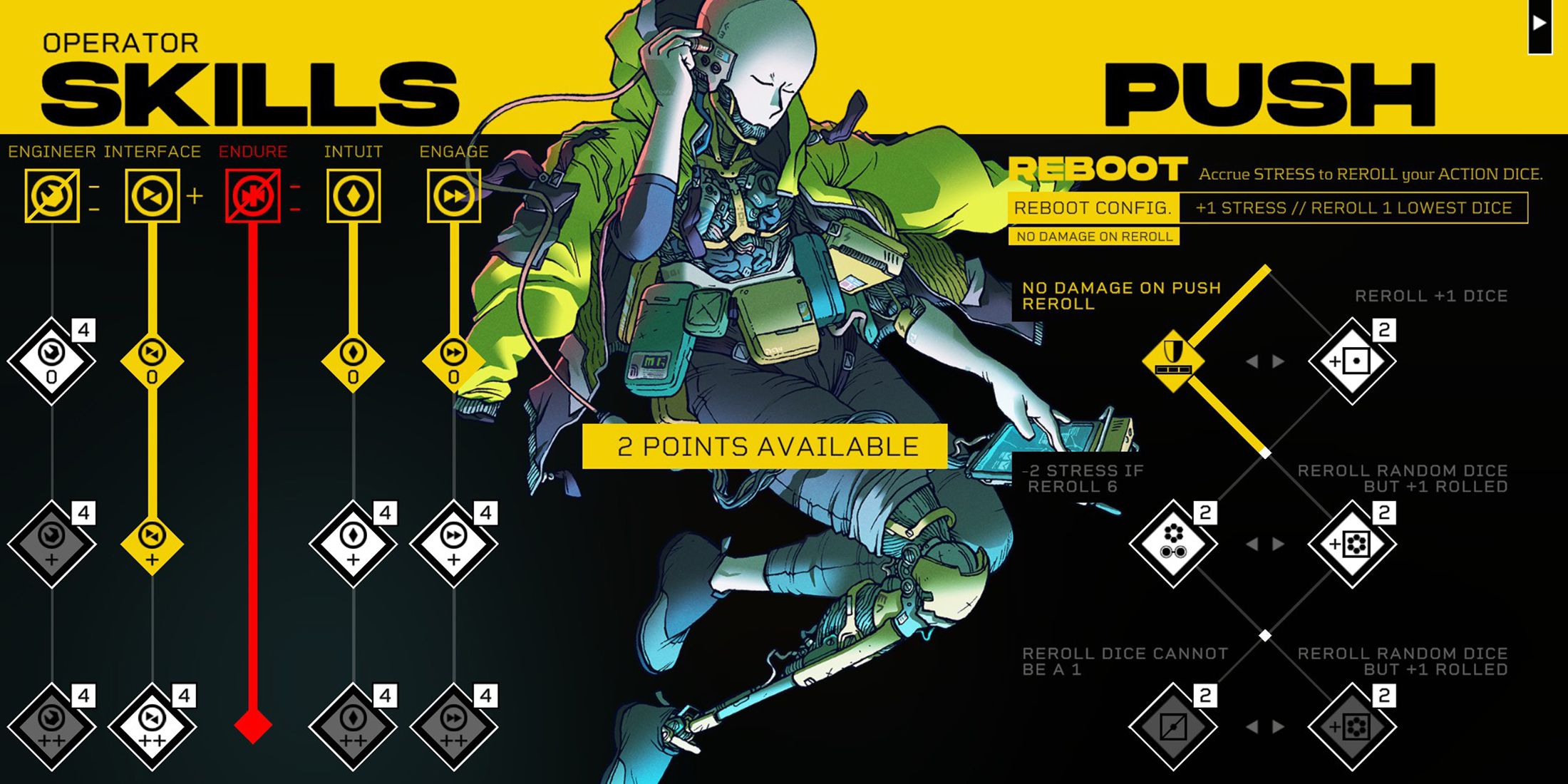
Related
Citizen Sleeper 2 Dev Talks Tabletop Gameplay
Game Rant chats with Citizen Sleeper 2 creator Gareth Damian Martin about the game’s intricately balanced tabletop-inspired mechanics.
Just under three years later, Citizen Sleeper 2: Starward Vector has arrived. The sequel boasts a broader narrative scope, evolved dice mechanics, and a grander—but no less personal—sci-fi storyline loaded with the same themes of class struggle, corporate overreach, and unlikely friendship that made the first game a hit. For newcomers to the series trying to acclimatize to the game’s mechanics or returning players hoping to learn about the sequel’s many changes, these Citizen Sleeper 2: Starward Vector beginner tips will ensure everyone’s journey through the Starward Belt gets off on the right foot.
8
Citizen Sleeper 2 Is Not A Direct Sequel
Playing The First Game Is Not A Requirement
Let’s get this out of the way upfront; there are a lot of similarities between Citizen Sleeper 2 and its predecessor. They are set in the same universe, they both feature an escaped Sleeper—corporate androids housing a simulated human consciousness—as their protagonist, and they both share the same art style, dice mechanics, and text-based storytelling method. However, for anyone who just needs to know if they can follow the darn story without the context of the first game, the good news is that yes, they absolutely can.
There is a lot of nuance in the stories of both Citizen Sleeper games, and not all of it will land quite as hard for players jumping right in with the sequel. However, in terms of plot, characters, and lore, there is nothing in Citizen Sleeper 2’s story that will get in the way of series newcomers having a full and satisfying experience.
7
Class Choice Matters… But It Also Doesn’t
The Most Important Thing Is To Remember Class Strengths And Weaknesses
There are three classes in Citizen Sleeper 2: Machinist, Operator, and Extractor. While their names might make them seem unfamiliar, they are essentially the equivalent of a classic Fighter, Rogue, Mage setup with a sci-fi spin. Extractors are good in a hazardous environment but aren’t very tech-savvy. Operators can interface with computers and hack from long range but have low hazard resistance. Machinists can repair, build, and tamper, but they aren’t great in a confrontation.
While it’s easy to see why each of these classes is better suited to different situations, Citizen Sleeper 2 does a great job of making sure that there’s always an approach viable for all three class options. These approaches won’t necessarily lead to the same outcomes, but they also won’t lead to a fail state. The important thing is that players remember the strengths and weaknesses of their chosen class and make decisions with them in mind.
6
Push Abilities Are Crucial
Take Some Of The RNG Out Of Decisions
Each of the three classes comes with its own pre-set skills, but they also come with a unique Push ability that can drastically affect how players make decisions. Put simply, these abilities do one of three things: reduce Stress, improve dice rolls, or reroll dice. There’s more nuance to it, especially once upgrades get thrown into the mix, but that’s the gist.
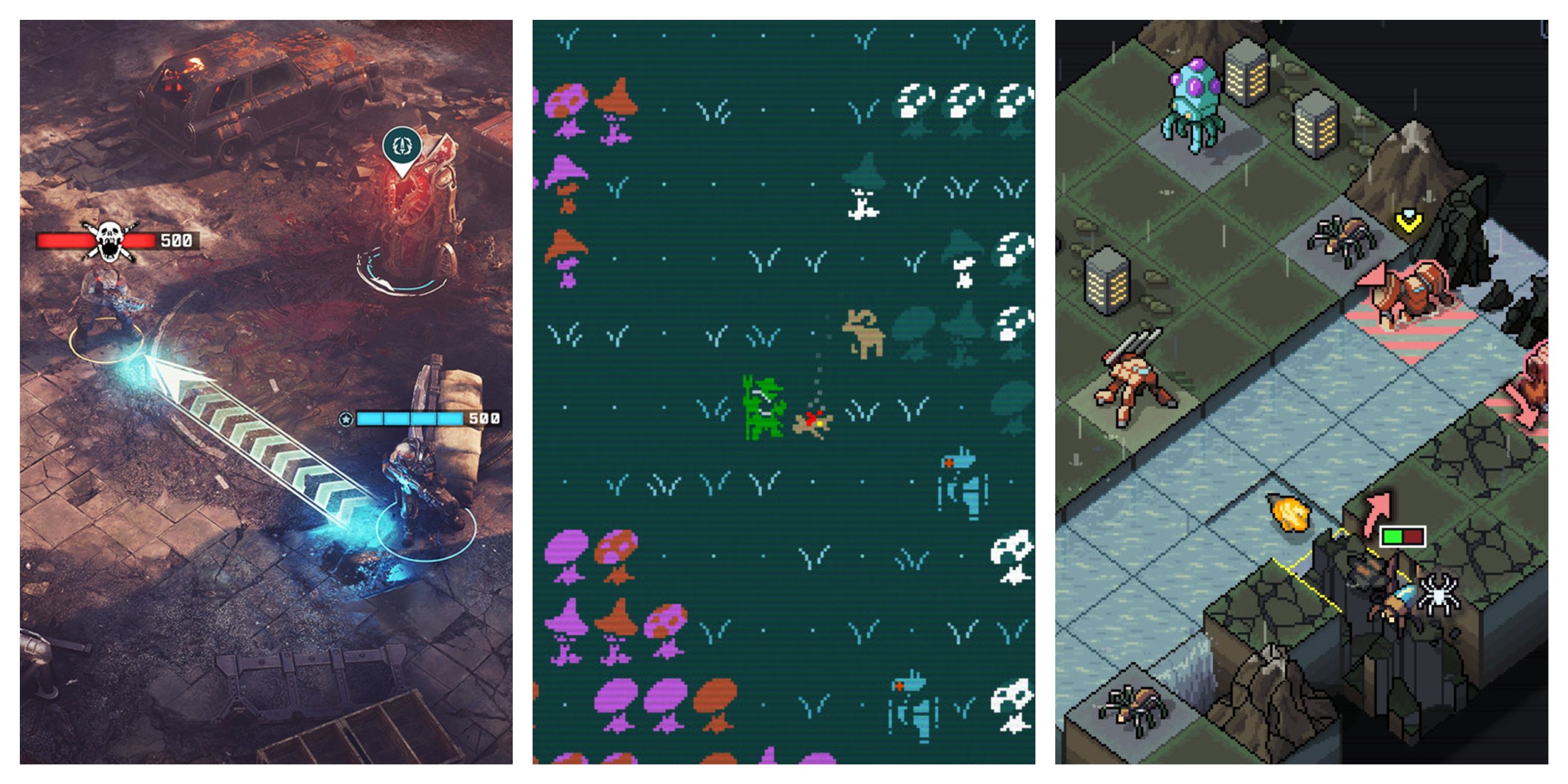
Related
Best Sci-Fi Games With Turn-Based Combat, Ranked
These excellent science fiction games offer up some of the best turn-based combat in the genre.
These abilities can only be used once per Cycle while on a Contract (mission), and while Contracts aren’t overly long, knowing the right moment to use a Push ability is critical. However, these abilities are not Kratos’ Spartan Rage. While they are powerful and can turn the tide in an unfavorable situation, they can occasionally go wrong, so it’s best to have a backup plan ready just in case.
When upgrading Push abilities, there are three tiers of upgrades with two options in each tier. While it’s possible to unlock both options in every tier, only one upgrade per tier can be equipped at a time.
5
Contract Work Is Not Fast Cash
There Are Easier Ways To Earn Money In A Hurry
The main missions in Citizen Sleeper 2—quests that will advance the plot, lock in crew members, or expand access to the map—are called Drives. There are Minor and Major Drives; Minor Drives are usually completed by exploring a location and doing some menial work. Major Drives require taking on Contracts and exploring the stars. Both offer their share of rewards, but when it comes to Major Drives, there are expenses to pay as well.
Before embarking on a Major Drive to complete a Contract, players will need enough Fuel to get where they’re going. They will also need Supplies, which keep their Energy up. Once their energy depletes, players will start to accrue Stress at the start of every Cycle. We’ll cover Stress a little later, but suffice it to say that Stress is never a good thing. Both Supplies and Fuel cost money (Cryo) and need to be purchased before setting out to tackle a Contract.
The good news is that Fuel and Supplies aren’t that expensive (relatively, at least). If players are stuck at a Hub and need to make some cash fast, rather than trying to scrounge together just enough Fuel and Supplies for a quick trip to complete a Contract, a better option is almost always to take on some menial work around the Hub and make some cash that way. These jobs won’t pay nearly as much as a completed Contract, but they also don’t require spending anything more than a single die and can be completed multiple times.
4
Use Dice Rolls Precisely
Even A Bad Roll Can Be Useful For The Right Task
Every Cycle (in-game days), players will get a random assortment of six dice rolls, numbered from 1 to 6. Just like in a traditional tabletop RPG, a 1 is bad, and a 6 is good. Throughout the Cycle, players can assign these dice to tasks they want to complete to determine how successful they are in the undertaking. A 6 guarantees a positive outcome, a 5 is a 50/50 chance between positive and neutral outcomes, a 4 or 3 has a 1 in 4 chance of being positive or negative but a 50% chance of being neutral, and a 1 or 2 has a 50/50 chance of a neutral or negative outcome.
However, there is some depth to this system. As stated earlier, every class offers strengths in some areas and weaknesses in others. Specifically, they will grant an advantage in one of the Engineer, Endure, Intuit, Engage, or Interface stats, and a significant weakness in one of those stats as well. Having an advantage in Endure while attempting a task that requires that skill will boost whatever die players use for the task by 1. Having a disadvantage, meanwhile, will decrease the die by 2. As such, putting some thought into which die to use for which task is important. For example, using a 6 for a task where players have advantage is wasteful if they have a 5 available, because the 5 will be boosted to a 6 thanks to their stats. Similarly, there is no difference between using a 4 or 3 on a task where players are at a disadvantage and using a 1 or 2, because the higher dice will be reduced by 2 anyway.
3
Manage And Avoid Stress At All Times
There Is Nothing More Detrimental Than Losing Dice
New to Citizen Sleeper 2 is a Stress mechanic. Sometimes, when an attempted task goes wrong, the player or one of their crewmates will accrue Stress. When it comes to the crew, when any crewmember has their Stress maxed out, they will be unable to act. However, when it comes to the player, things are a bit more complicated.
As the player accumulates Stress, dots will appear above certain nodes on their Stress meter, located above their dice display. Those dots correspond to numbers on the dice themselves. When, at the start of a Cycle, the player gets a die roll that matches the dots above a filled-in Stress node, that die will take damage. Each die has three health, and once that is depleted, the die will be destroyed and will have to be repaired back at a Hub.
There is the obvious downside that losing dice means having fewer actions to take during a given Cycle, but it gets worse, as having fewer dice often forces players into using subpar dice rolls on tasks and accumulating more Stress, which results in more dice being damaged. Once the player loses all their dice, they will take on a permanent Glitch. More on that in a bit, but once again, it’s a bad thing. As such, it’s important to keep Stress as low as possible by taking less risky actions or decreasing it through Push abilities or by resting at a Hub.
When using a Push ability that changes dice rolls, if the new roll lands on a Stress number, the die in question will still take damage. This can be mitigated through Push upgrades.
2
Glitches Are An Unfortunate Fact Of Life
Just Ignore Them And They’ll Go Away
During their journey, players will accumulate Glitches, which appear in a little meter next to their dice display. These can occur as a result of repairing broken dice or as a result of some narrative moments. At the start of a Cycle, a Glitch will turn one of the player’s dice rolls into a Glitched Die. These dice have no number but instead offer a consistent 20% chance of a positive outcome and an 80% chance of a negative outcome, regardless of stats. Needless to say, those odds aren’t great, and while these die can be used in a desperate situation, it’s often best to just ignore them.
That’s because, whenever a Glitched Die appears in the place of a regular dice roll, the Glitch meter will decrease by one. Once the meter is depleted, Glitched Dice will cease to appear. While it is possible to replace Glitched Dice, like by re-rolling them with the Operator’s Push ability, letting them sit unused is still better than taking on the Stress of an almost guaranteed negative outcome.
When players deplete the health of all their dice, they will take on a permanent Glitch. This creates a Glitched Die on rolls, but it can not be removed. This is yet another reason why managing Stress is so critical.
1
Don’t Fear Failure
Every Closed Door Offers A New Opportunity
In a tabletop RPG, a failed dice roll can feel like the end of the world. The same can be said for a failed task or Contract in Citizen Sleeper 2. Not getting a positive outcome on a task, or accumulating too much Stress and failing a Contract, can be devastating, and many players may be tempted to just reload their last autosave and try again. There are two problems with this: One, there is no way to reload an autosave, but two, failing a mission is not the end of the story.
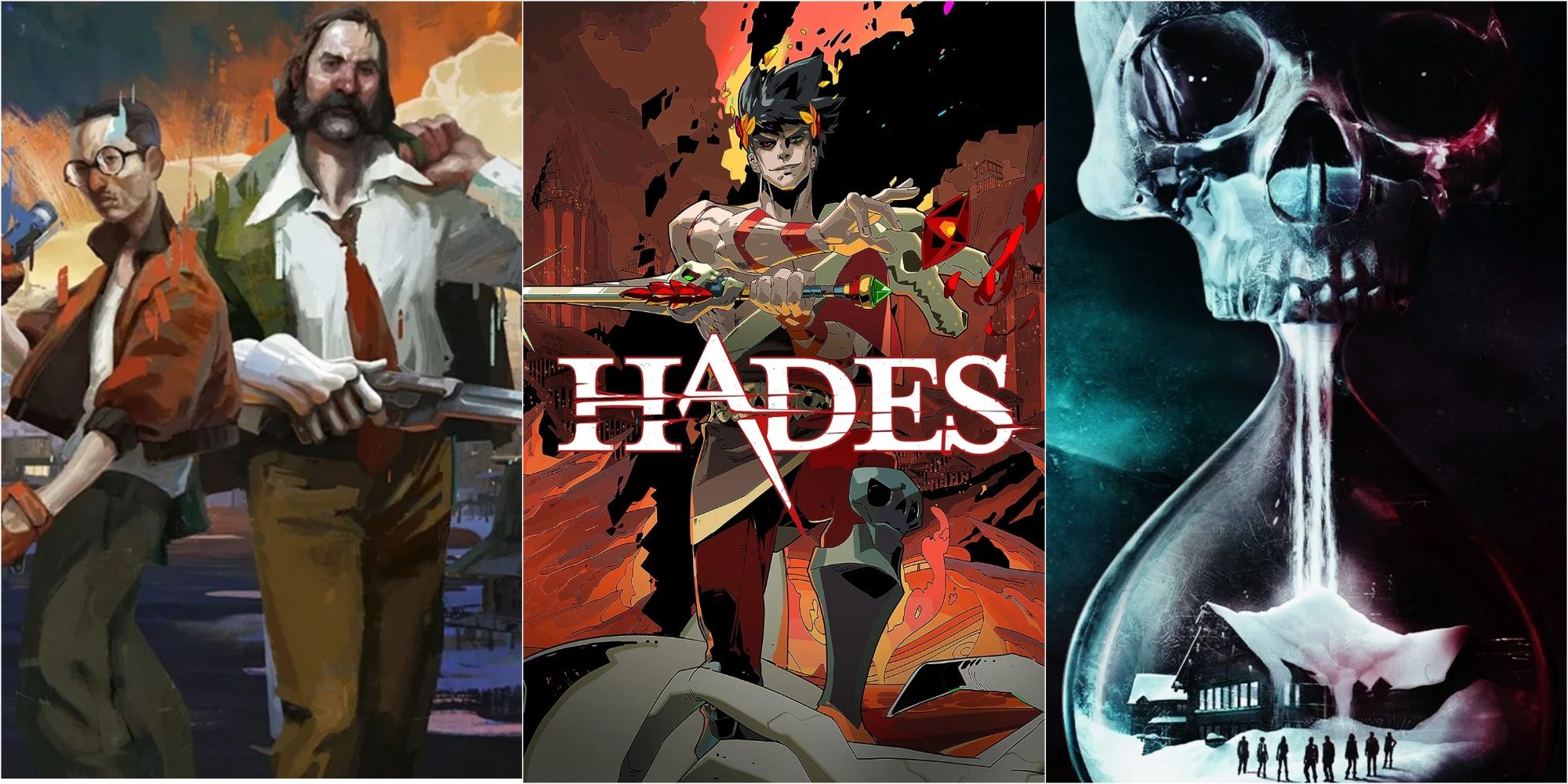
Related
Failing in most video games typically ends with a game over screen, but that isn’t the case with every game.
In fact, there is always another opportunity, another route to take, or a chance at redemption that will appear out of every failure. Citizen Sleeper 2 will never tell players that they’ve “failed.” Instead, the story will simply carry on. While it can feel like a missed opportunity to not complete a Contract, that’s also what the Citizen Sleeper games are all about; fighting through challenges, carrying on in the face of adversity, and finding hope in the unlikeliest of places. Failure is part of what the game wants to happen, because it makes the eventual success that much more meaningful.
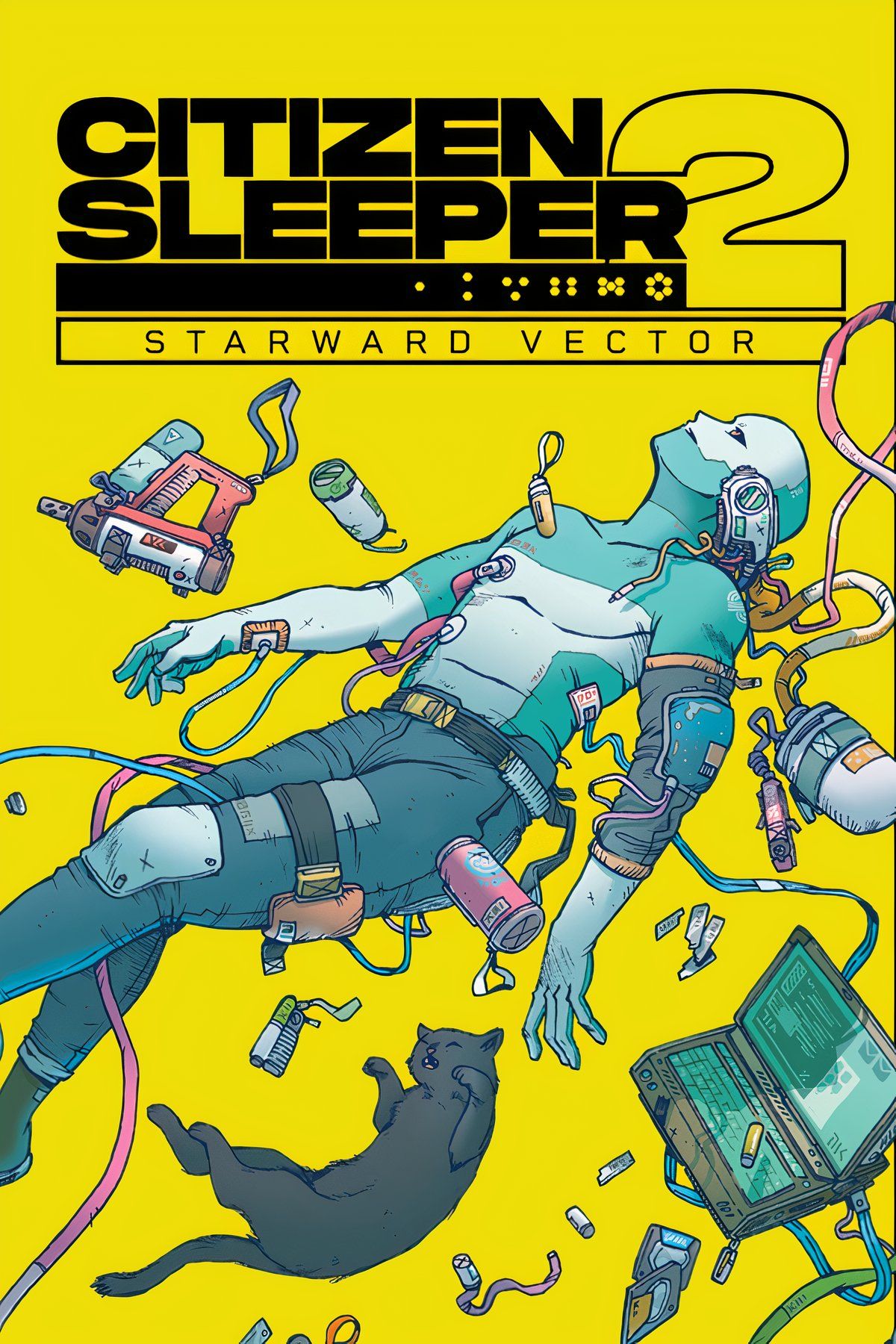
- Released
-
January 31, 2025
- ESRB
-
T For Teen Due To Violent References, Use of Alcohol And Tobacco, Drug Reference, Language
- Developer(s)
-
Jump Over the Age
- Publisher(s)
-
Fellow Traveller
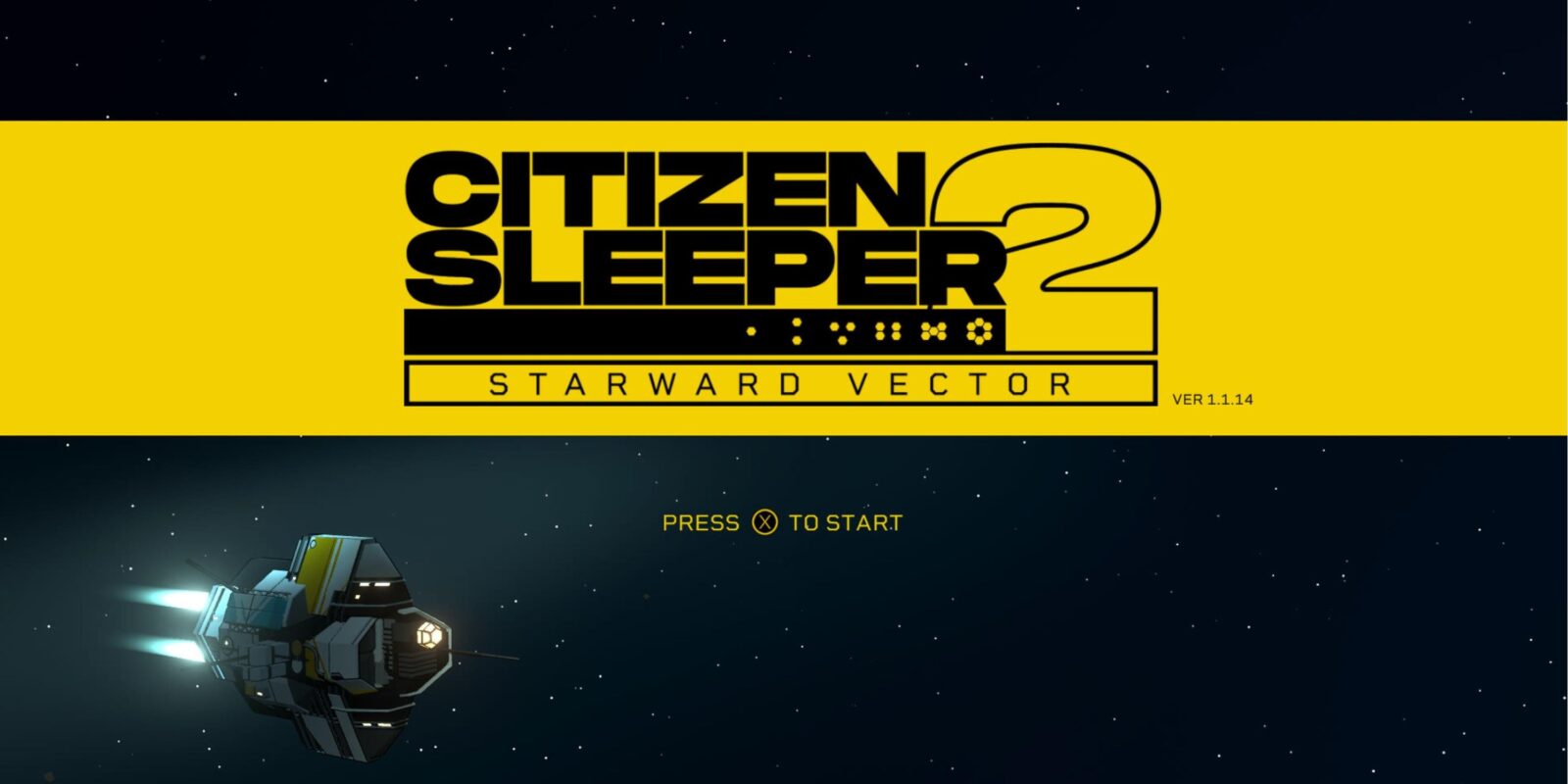

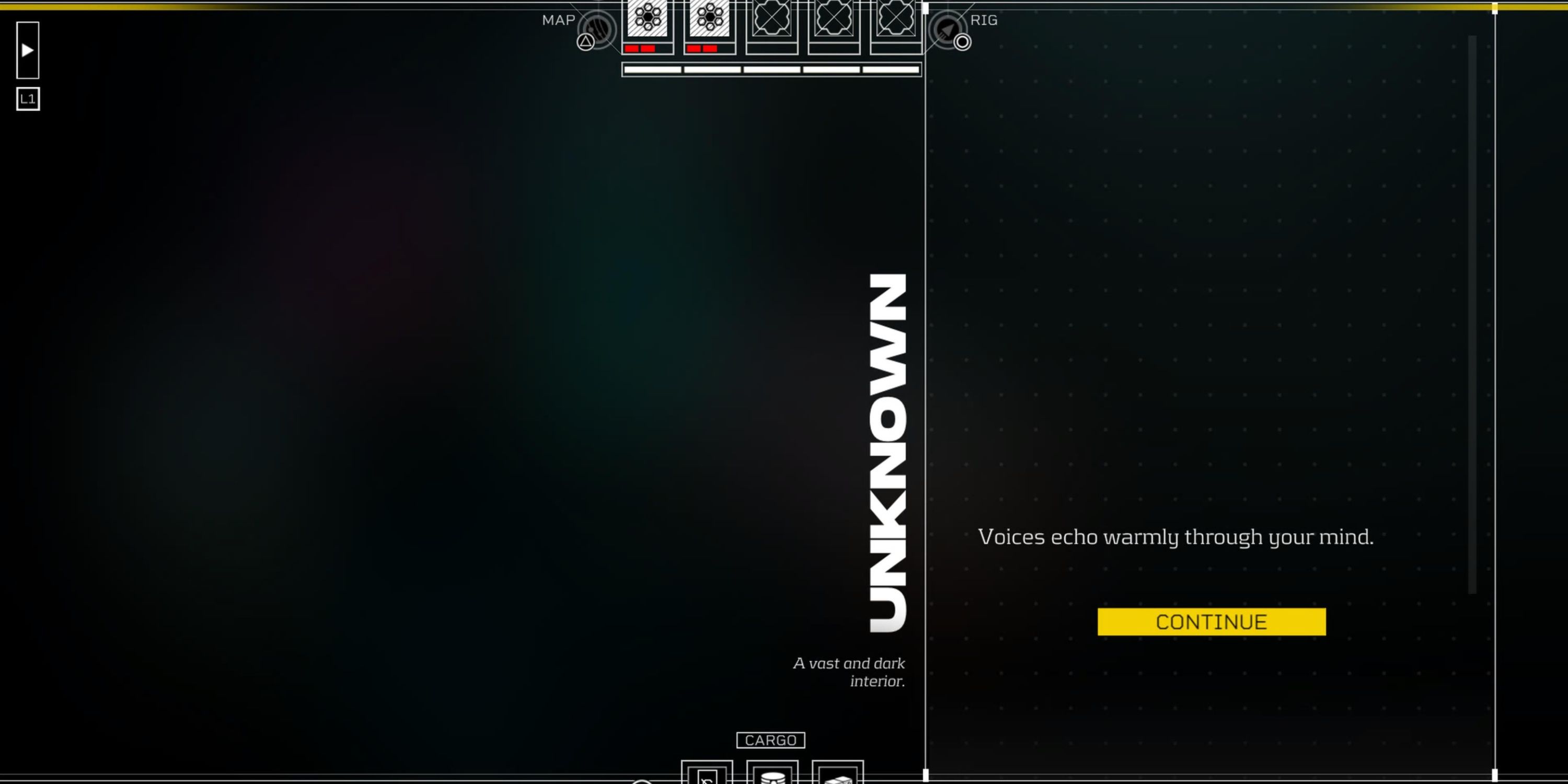
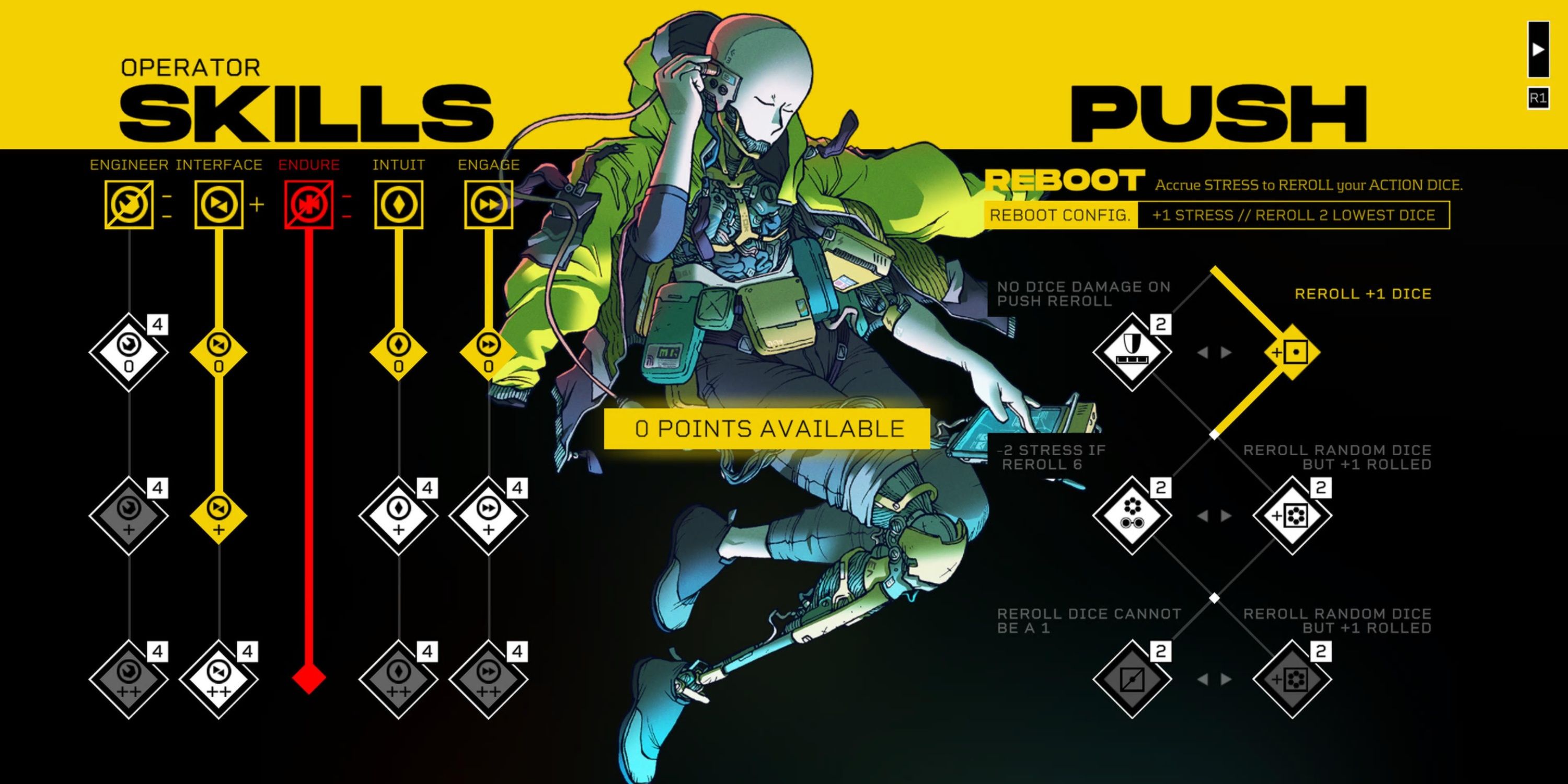
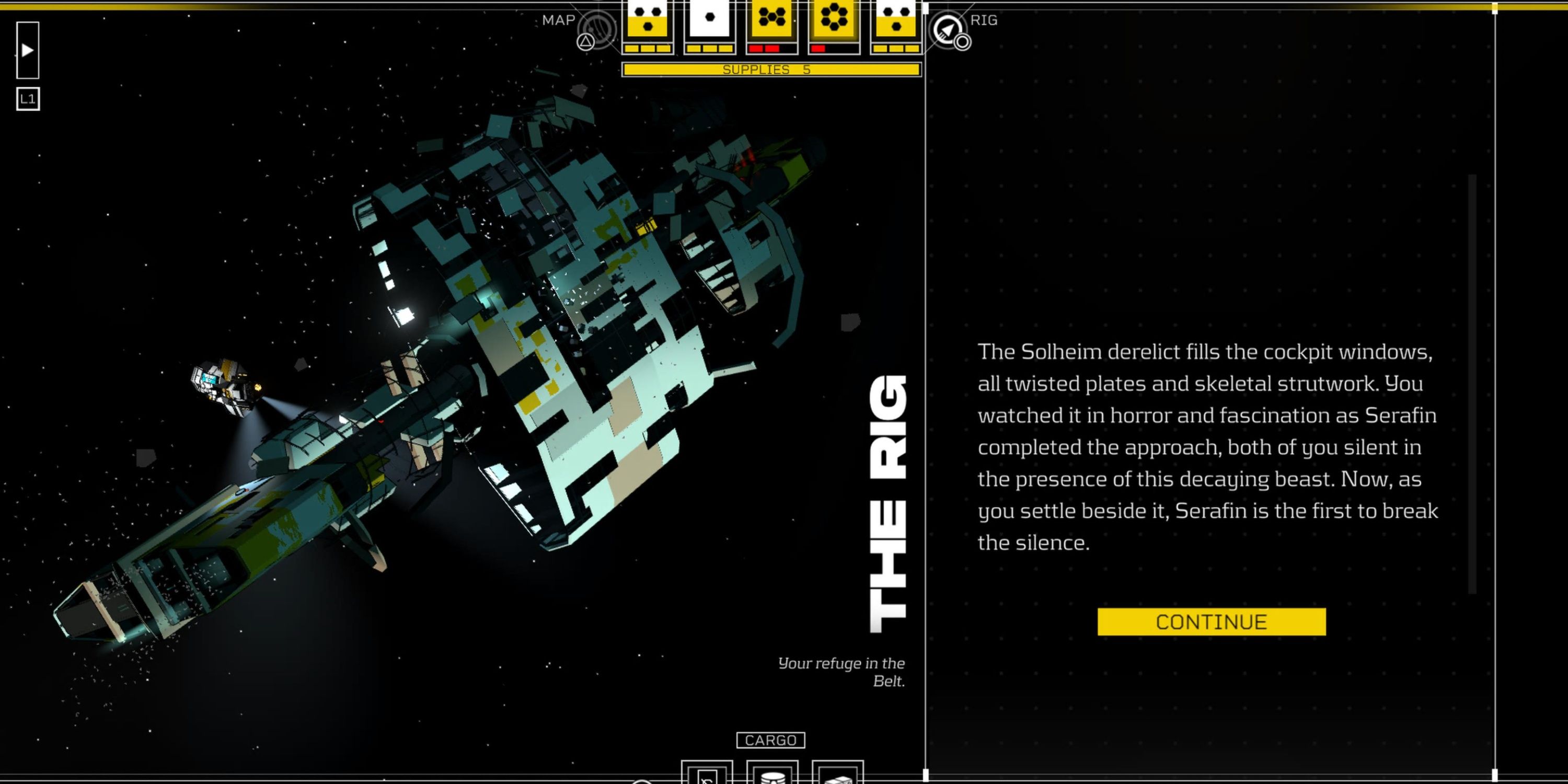
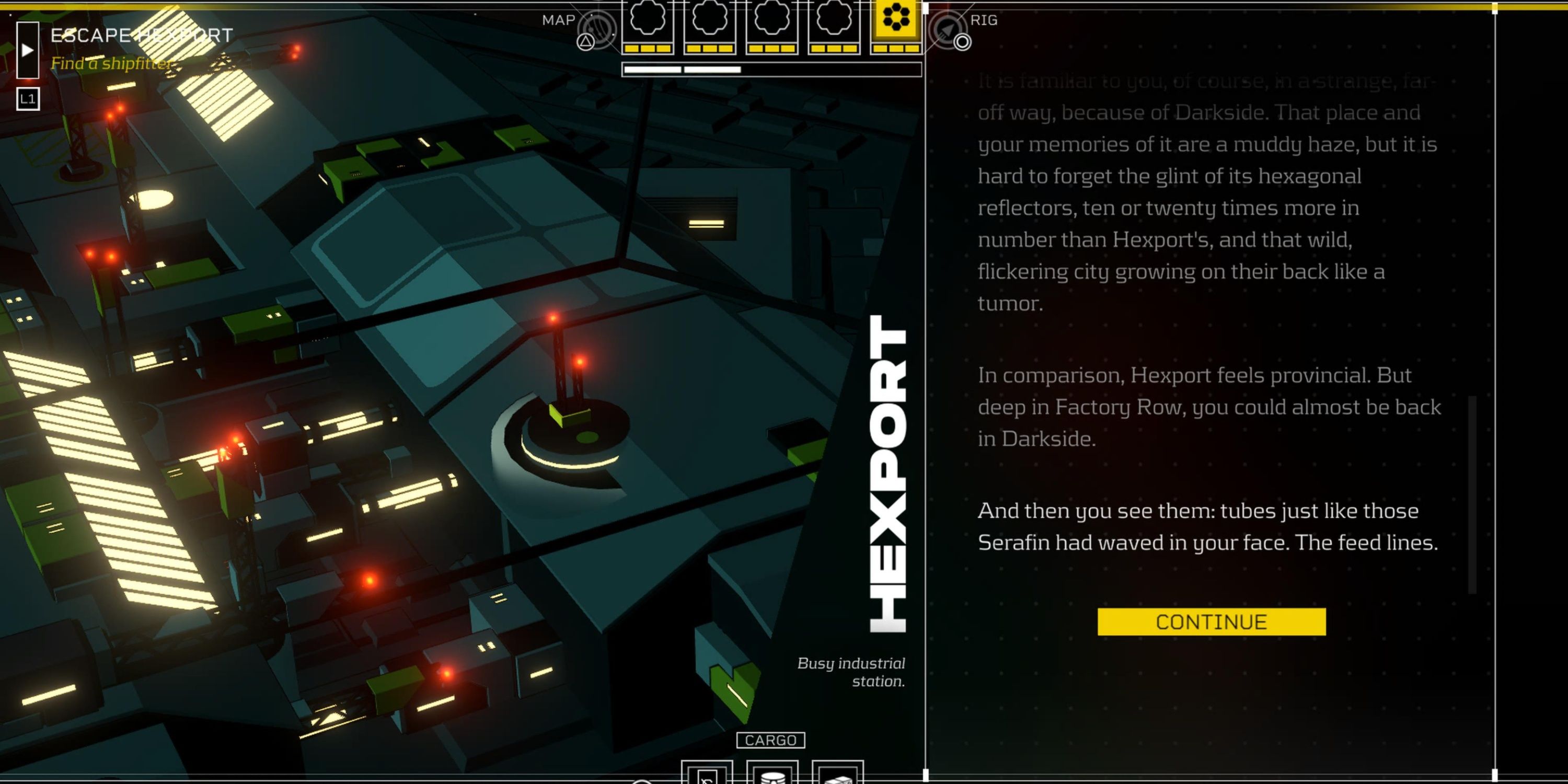
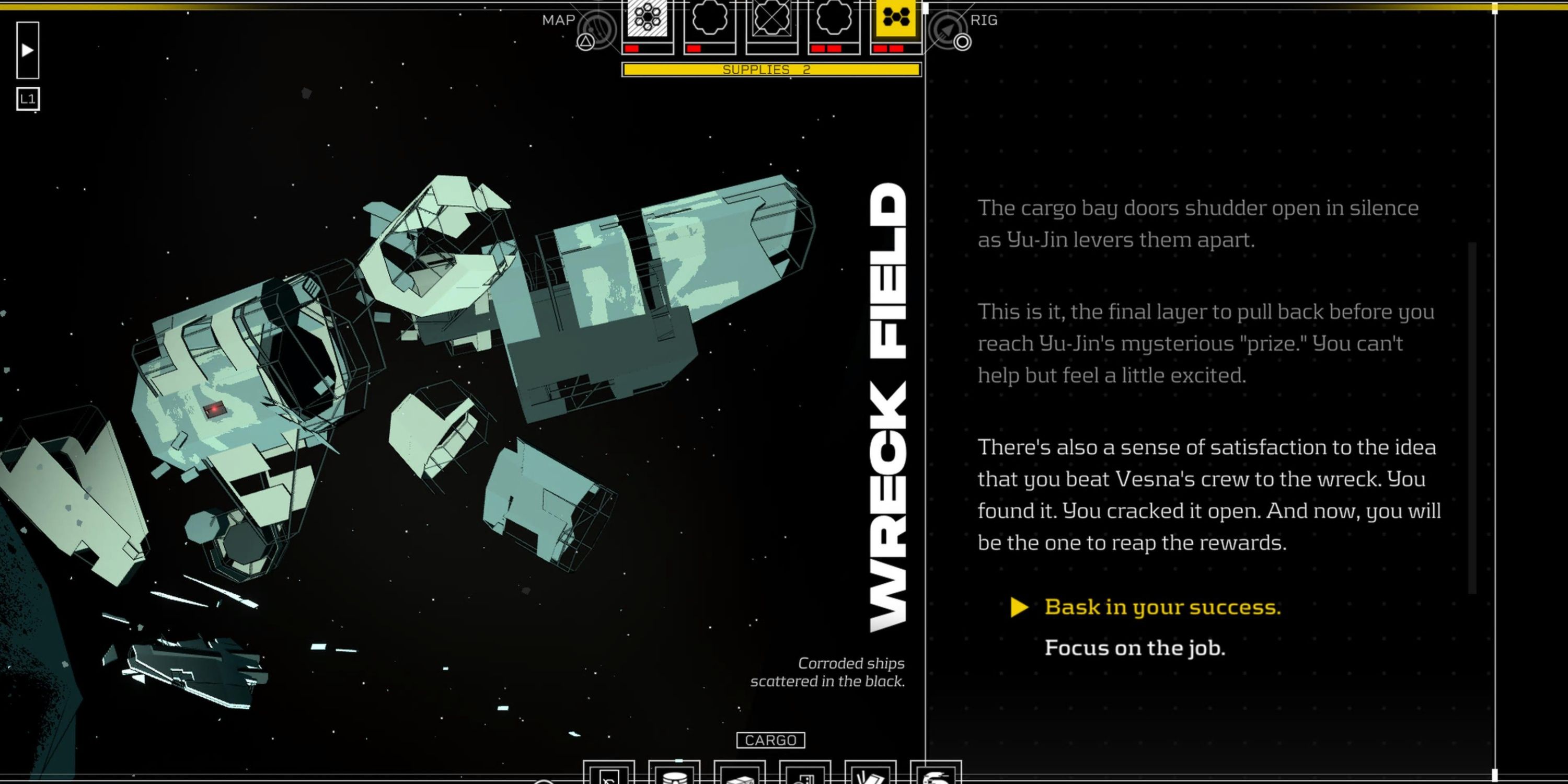
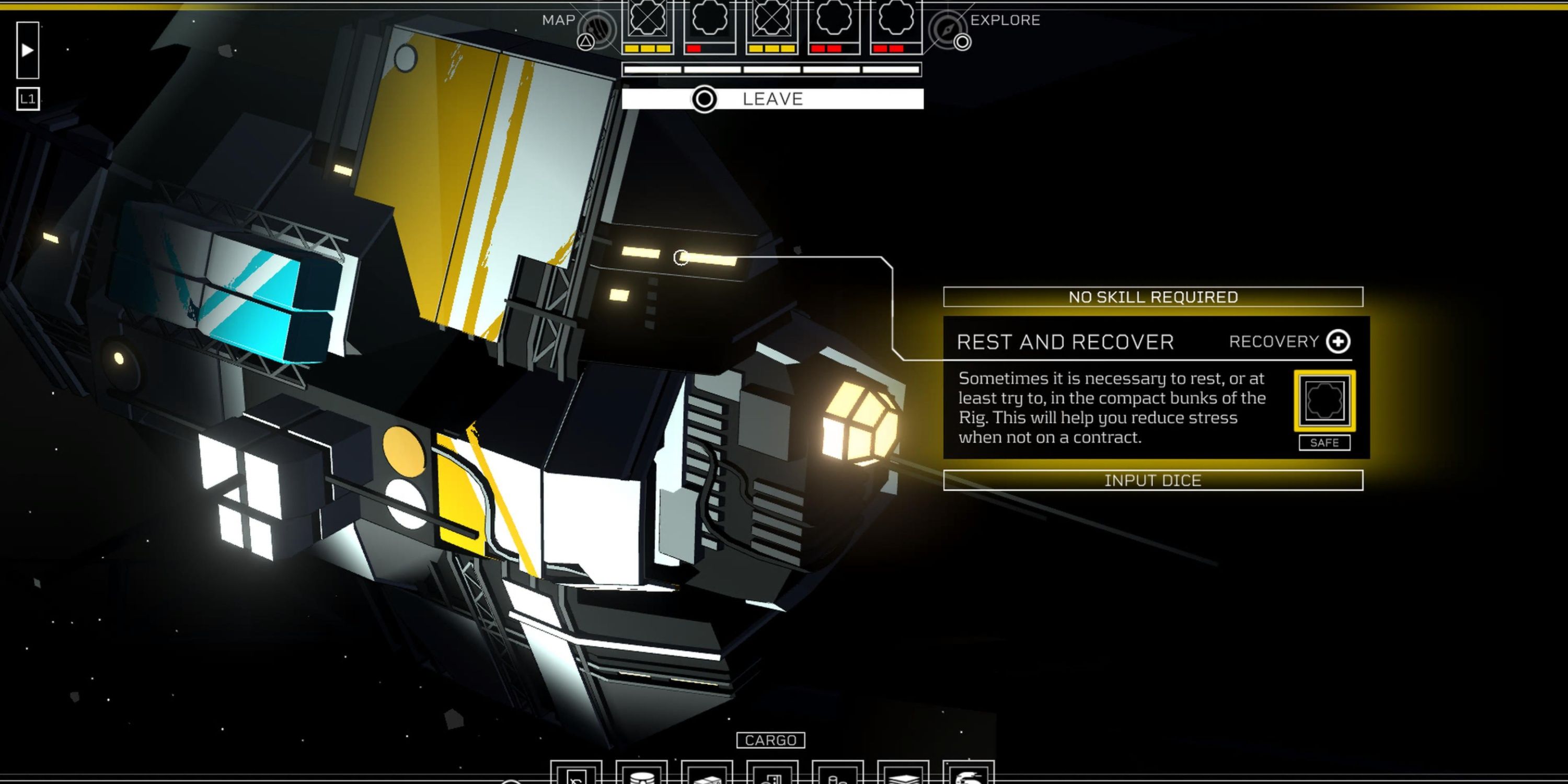
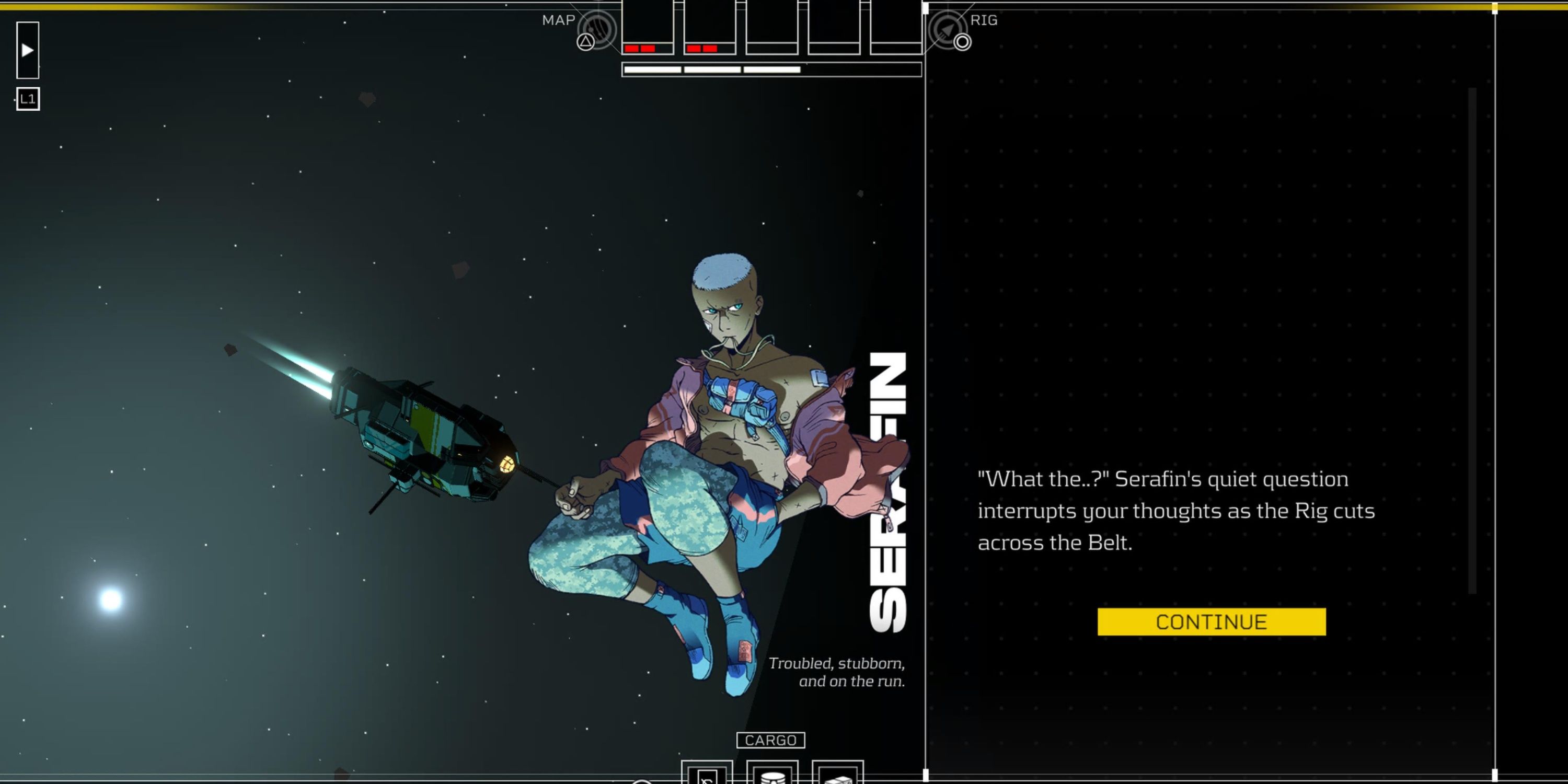
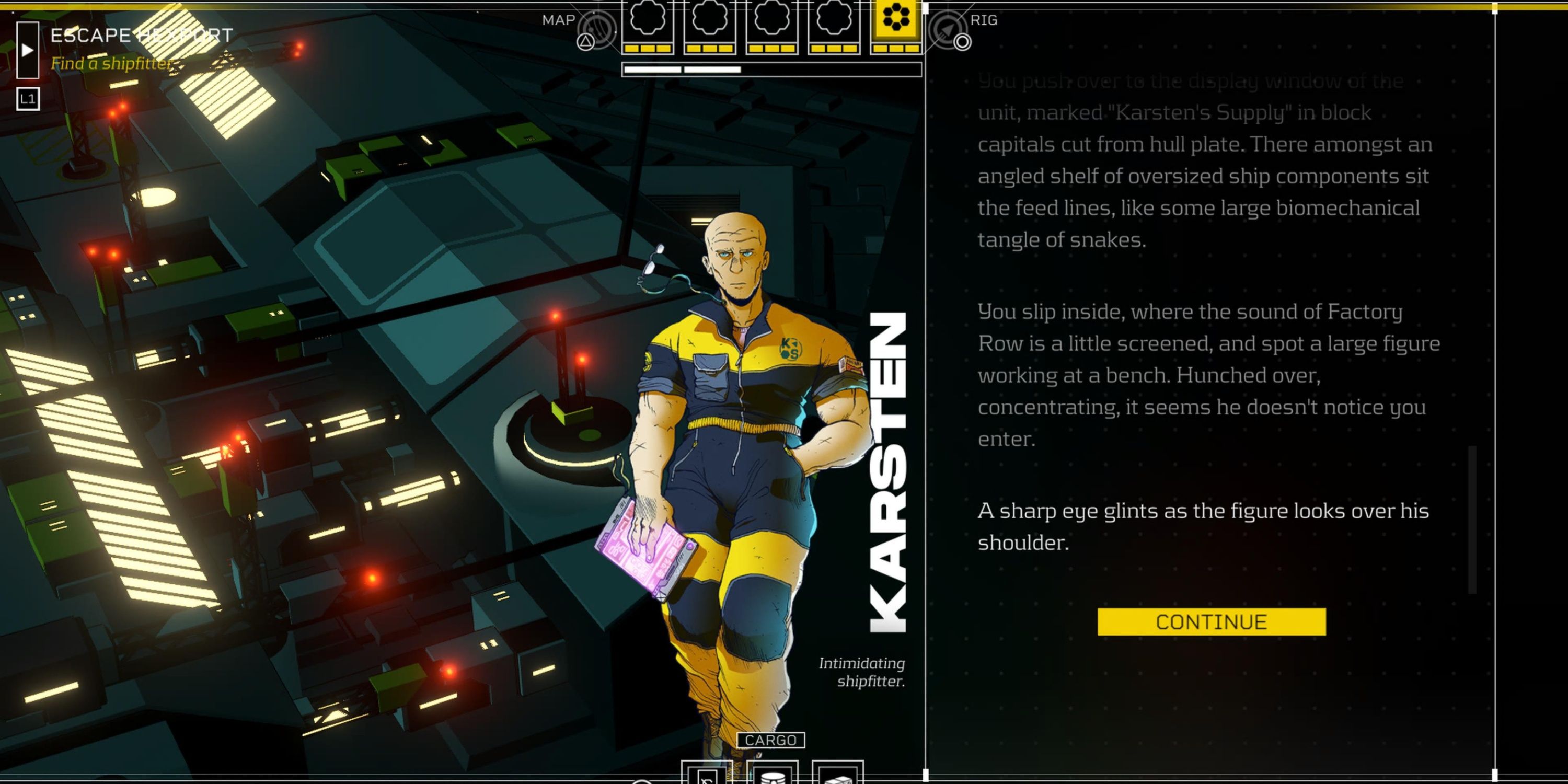






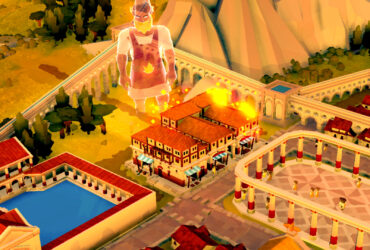

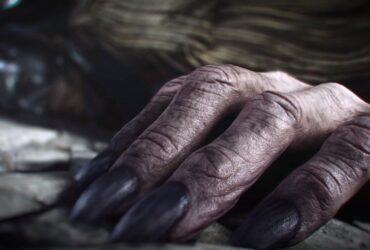
Leave a Reply